3 Interior Design Styles for Small Spaces For an Uncluttered Home

Today I'm going to be talking about three interior design styles that are great for small spaces. Who wouldn't want a big house with plenty of room and space to not only cater to our needs but also to store away all the things that we accumulate in this life?
Honestly, I would sign up for that. Sadly though, that is not the reality for most of us. So I am going to make recommendations on interior design for small spaces that will work for any homeowner.
Table of contents
1. Minimalism
If you're someone who values space, who does not like clutter, and who seeks simplicity, usefulness, and clarity, then you might find minimalist design for small apartments or houses very beautiful. Minimalism works great in any small space because it focuses on the quality, function, and structure of furniture rather than on the quantity, beauty, and aesthetic aspects of it.
To begin your journey toward minimalism in your interiors, what you want to do is choose a neutral color palette. For a classic minimalistic interior, your base colors should be really subdued hues to hone in that feeling of calm and yet keep things looking fresh. Neutral colors are great for small spaces because they open up the space and make it look bigger.
Remember, in a minimalist space, your furniture should not have unnecessary design elements that are just added for the mere reason of enhancing your visuals.
Everything should be kept to the point and focused on the purpose of the furniture's ultimate use with no extra details.
Minimalist furniture is always stripped bare and is highly simplistic.
It consists of simple shapes to provide the necessary functions to the fullest.
In the bedroom, the bed is the most essential part of the room.
The design of the bed will affect the rest of the ambiance. Therefore, the first rule of bed selection for minimalist spaces is that it should be low height. A platform bed is a great choice for this.
In the living room, the biggest furniture will most likely be the sofa. The upholstery of your minimalist sofa should always be chosen in a neutral color palette.
But if you prefer other color variations, then think about shades of grays and browns. These are also good go-to choices.
In the kitchen, go for a matte finish on your cabinets because it is the most understated. Minimalist cabinets are often handle-less as well with no pulls or knobs on the drawers.
Since there's always an emphasis on natural elements within minimalism, you can consider adding some wooden accents in the kitchen as well.
2. Japandi
If you're someone who values artisanship, sustainability, nature, and simplicity, then Japandi small apartment design could be the style for you.
Japandi design is a combination of Scandinavian functionality paired together with Japanese rustic minimalism. Together, the two create a feeling of art, nature, and simplicity. This fusion creates the perfect blend of function and form, with a focus on clean lines, bright spaces, and light colors.
Minimalism and Japandi are similar but different as well. Minimalist designs intend to be more functional and the items are chosen based on how essential and perfect they are. Non-essential things are not part of minimalism. But just like the Japandi aesthetic, minimalist spaces tend to have a neutral color palette.
On the other hand, Japandi is all about finding beauty in irregularity or finding beauty in imperfection. This is a concept called wabi-sabi and emanates from Japanese philosophy.
If you would like to bring some of Japandi's design characteristics into your space, here are some ideas to keep in mind. Paint walls either cream, beige, or a soft pastel shade to create a light, calming space.
You also want to bring in plants for that natural touch. Remember that adding nature to any room will instantly make that space look bigger.
You can also opt for organic, airy textiles with subtle patterns. In a small space, you want to avoid heavy fabrics, which will weigh things down.
Mix in natural materials like rattan and bamboo, and consider bringing in striking sculptural paper-like features, which take after Japanese origami.
Avoid clutter by storing all things out of sight that do not need to be seen.
Choose vintage or reclaimed pieces whenever possible. This will really hone in on the elements of sustainability and wabi-sabi.
3. Scandinavian
The main purpose of Scandinavian design is to improve daily life.
Hygge is a characteristic of Danish culture, which is translated into all Scandinavian interior designs. It involves creating a warm, comfortable atmosphere within your living spaces.
Scandinavian interiors are typically painted in light colors, like blush pink, baby blue, mint green, and soft gray. Designs often play with natural light.
Warm textiles are frequently used in Scandinavian home decor, and there are a variety of textiles that you can choose from, such as wool, sheepskin, or mohair.
Use plants and fresh flowers to decorate as well. They can be put to good use as decorative elements without adding a lot of visual clutter and visual weight within your Scandinavian theme.
The Scandinavian interior design style puts a strong emphasis on keeping the space clutter-free, so make sure to organize storage spaces smartly.
Scandinavian interior design also emphasizes the importance of lighting. In Scandinavian decor, light is considered a life source. There should be different types of lighting to ensure that you have adequate illumination. This is especially important if you live in an area where natural light might be hard to come by.
Interior design for small spaces
Now that I have shared my best advice on interior design for small spaces, you can start to create spaces that feel both practical and comfortable in your home.
Whether you’ve been searching for guidance on small apartment interior design or small house interior design, these tips will lead you in the right direction. What did you notice first about the topics we covered today? Highlight your observations in the comments below.
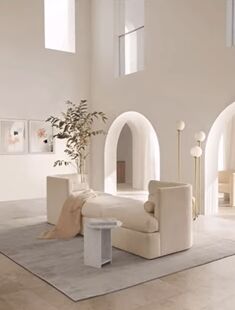




























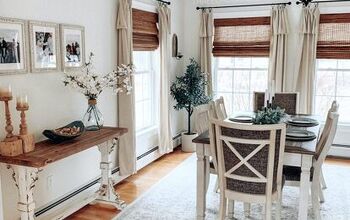
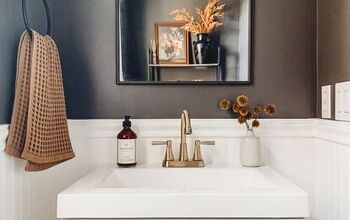


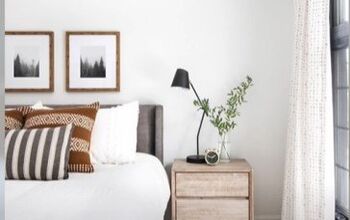









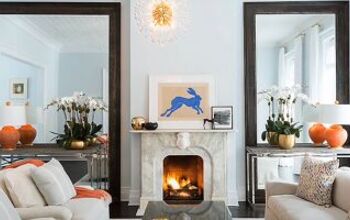

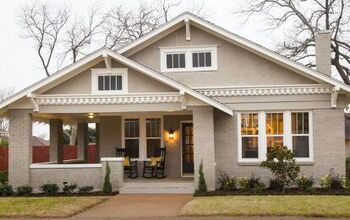
Comments
Join the conversation